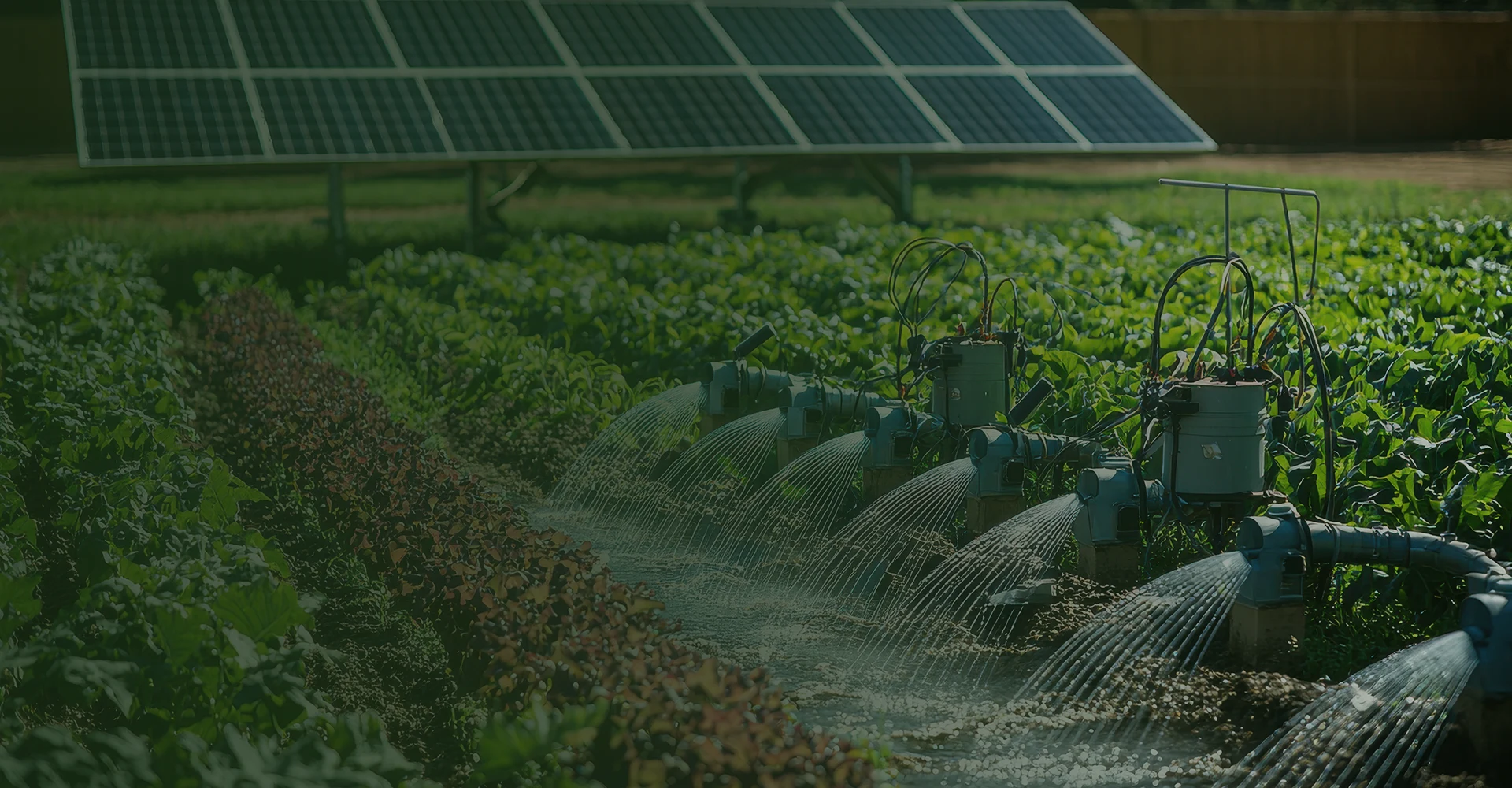A complete analysis of organic farming
Respectful of the environment and health, organic farming is based on agricultural practices that exclude synthetic chemicals and promote natural balances. It aims to preserve soil fertility, biodiversity, and animal welfare, while meeting growing consumer demand for healthy and sustainable products. However, it faces several challenges: sometimes lower yields, certification constraints, higher production costs, and the structuring of supply chains. Faced with these challenges, organic farming is a path for the future, provided it reconciles ecological requirements, economic viability, and accessibility for all.
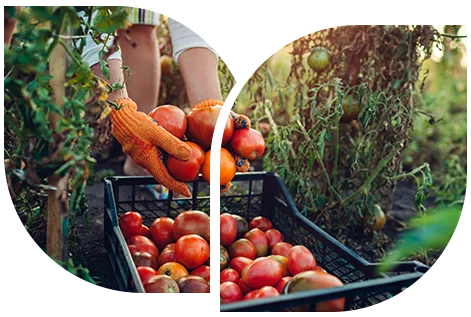
Strategic land management
Planning your crops is a key step in optimizing land use. A well-thought-out rotation helps preserve soil fertility, limit disease, and improve long-term yields. This strategic management requires taking into account plant needs, production cycles, and local conditions.
Mulching
Mulching involves covering the soil around the plants with organic materials (straw, leaves, wood chips) or minerals.
Towards more sustainable and efficient production
Innovation in agriculture is profoundly transforming farming practices, integrating technological advances and scientific knowledge to meet current challenges. It aims to increase yields while reducing environmental impact, improve resource management, and ensure food security in the face of a growing world population. Machines such as tractors, silage defacers, and silage block cutters illustrate this progress, enabling farmers to work more efficiently while reducing labor intensity and feed losses.

Digital technologies and precision agriculture
The use of drones, sensors, GPS, and specialized software enables precise management of agricultural plots.

Biotechnologies and crop improvement
Biotechnologies offer solutions for developing plant varieties that are resistant to disease and climate stress, or more nutritious.
Promoting fresh produce and better agricultural remuneration
Short supply chains, which promote direct sales from producer to consumer, are gaining popularity. They reduce middlemen, increase farmers’ remuneration, and offer fresh, local products to consumers. This trend helps boost rural economies and meet growing expectations for transparency and quality.
Agricultural crops
Essential basis of food production
Agricultural crops encompass all the techniques and practices aimed at producing plants for human and animal consumption, or other industrial uses. It is based on the selection of species, soil preparation, water and nutrient management, as well as protection against pests and diseases.
Cereal crops
Cereals, such as wheat, corn, and rice, are the most widely grown crops in the world, essential for global food security and nutrition.
Market gardening
Market gardening includes vegetables and fruits grown in small or large areas, often close to where they are consumed.
Permanent crops
Permanent crops, such as orchards, vineyards, or olive groves, involve plants grown over several years without annual replanting.
A key pillar of global agriculture
Livestock production plays a central role in global agriculture, providing essential resources such as meat, milk, eggs, and other by-products. It not only contributes to the nutrition of billions of people, but also contributes to the rural economy by generating income and jobs. Despite its many benefits, this sector currently faces major challenges related to environmental impact, sustainability of livestock systems and animal welfare. For instance, even the choice of feeding bucket can influence animal welfare, as well-designed models help reduce stress, competition, and injuries during feeding.
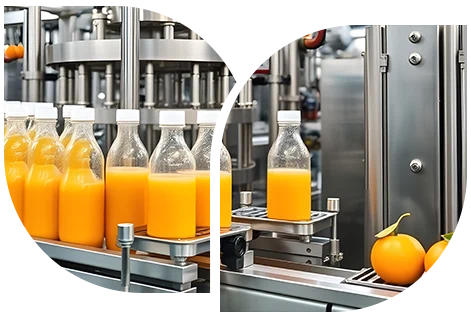
From field to fork
Understanding the agri-food sector
The agri-food sector encompasses all the steps involved in transforming agricultural raw materials into finished products for consumption. This ranges from crop and livestock production to industrial processing, including storage, distribution, and marketing. Each link in this chain plays a crucial role in ensuring food quality, safety, and traceability. Faced with growing consumer expectations for health, sustainability, and transparency, the sector must constantly innovate while adhering to strict standards.
Indispensable traditional farming tools
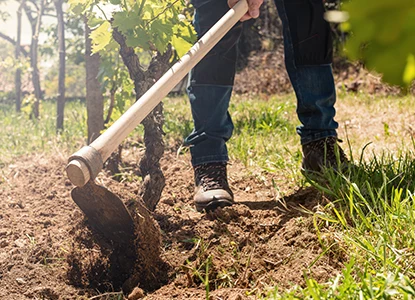
The hoe
A tool with a flat or curved blade attached to a handle, used for weeding, hoeing, loosening the soil, and weeding around crops.
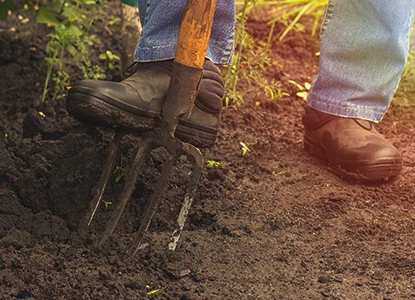
The garden fork
A tool with sturdy tines, ideal for turning over the soil, breaking up clods, and aerating the soil without completely turning it over.
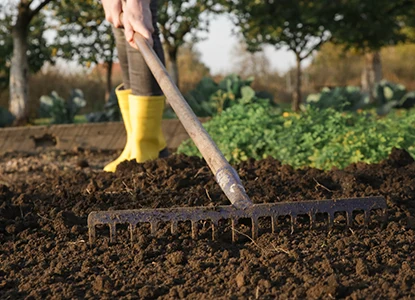
The rake
Used to level the soil, collect plant debris, or level plots after tillage, improving seedbed quality and preparing for sowing.
